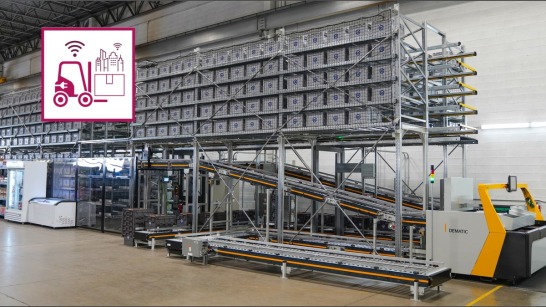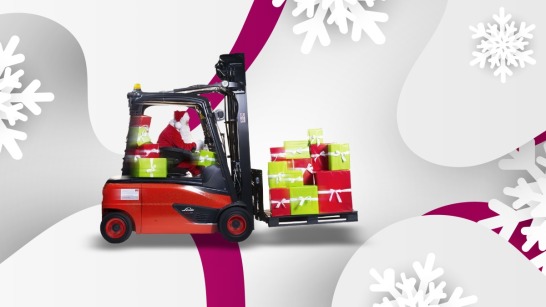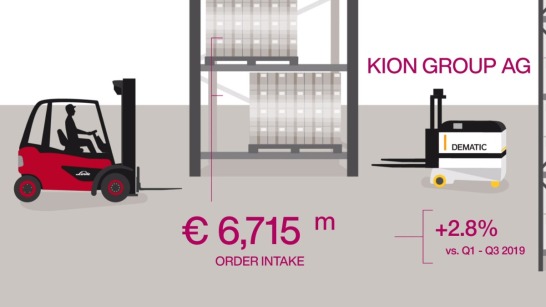The typical shopping cart has become smaller
But a single, large distribution center in some far-away location is not functional either. Customers expect to receive their orders quickly — for example, if they order items for dinner at the office, they will want to pick that order up on the way home. “Consumer desire for speed and selection is making the items-per-basket in a typical shopping cart become smaller and more varied,” says Dale. These two trends have combined to present a challenge for the retail industry. What is needed is some sort of ‘endless shelf,’ which taken literally would of course be impossible. But in a figurative sense, that’s the goal.
Micro-fulfillment centers are one solution. These are small, automated warehouses that require little space. Around one-tenth of a football field, to be precise. Small enough to fit within the back room of a supermarket or to sit elegantly – and taking up little space – near residential buildings. “Anywhere in the city center or the suburbs,” says Dale. “The main thing is that stock moves closer to the customer.” Not in the form of one individual micro-warehouse, but as part of a network of warehouses.
“What matters isn’t the storage space of individual locations, but how closely a linked network of small storage spaces functions throughout the urban ecosystem,” Dale adds. This is how logistics within cities can be more targeted, with reduced overall distances. But most importantly, this approach can be scaled as required depending on demand. The more popular a product, the closer it is stored to where it is most wanted.
The most important products in a compact space
Of course, this approach has its challenges. The unexpected global pandemic in spring 2020 led to unexpected consumer behavior, highlighting just how precise deliveries and their underlying organization must be. Very suddenly, customers worldwide faced empty shelves as products usually bought infrequently and in small quantities (such as toilet paper, flour, and cleaning supplies) were now being purchased by everyone and in bulk. Companies and politicians promptly pointed out that there was no shortage of goods at all, they were just not where the customers needed to buy them, namely their local store. Instead, they were sitting upstream in the supply chain in distribution centers. This was a powerful example of how critical timing is in supply chains, how fragile these chains can be in the face of unexpected events, and how potentially important a connected network of warehouses in the urban ecosystem could be.







